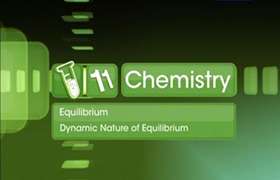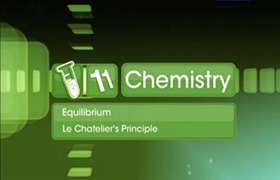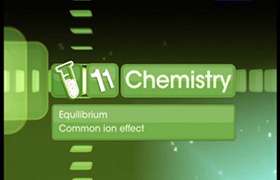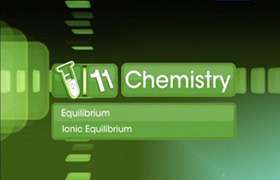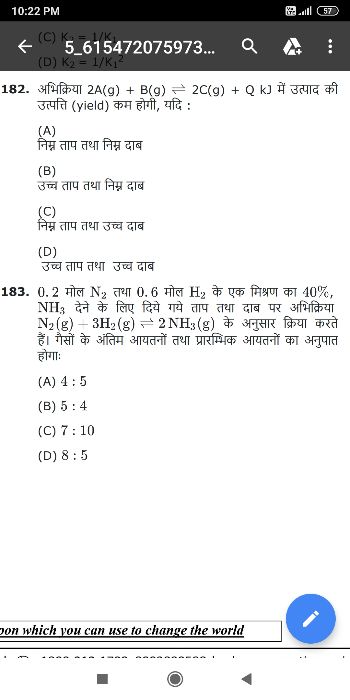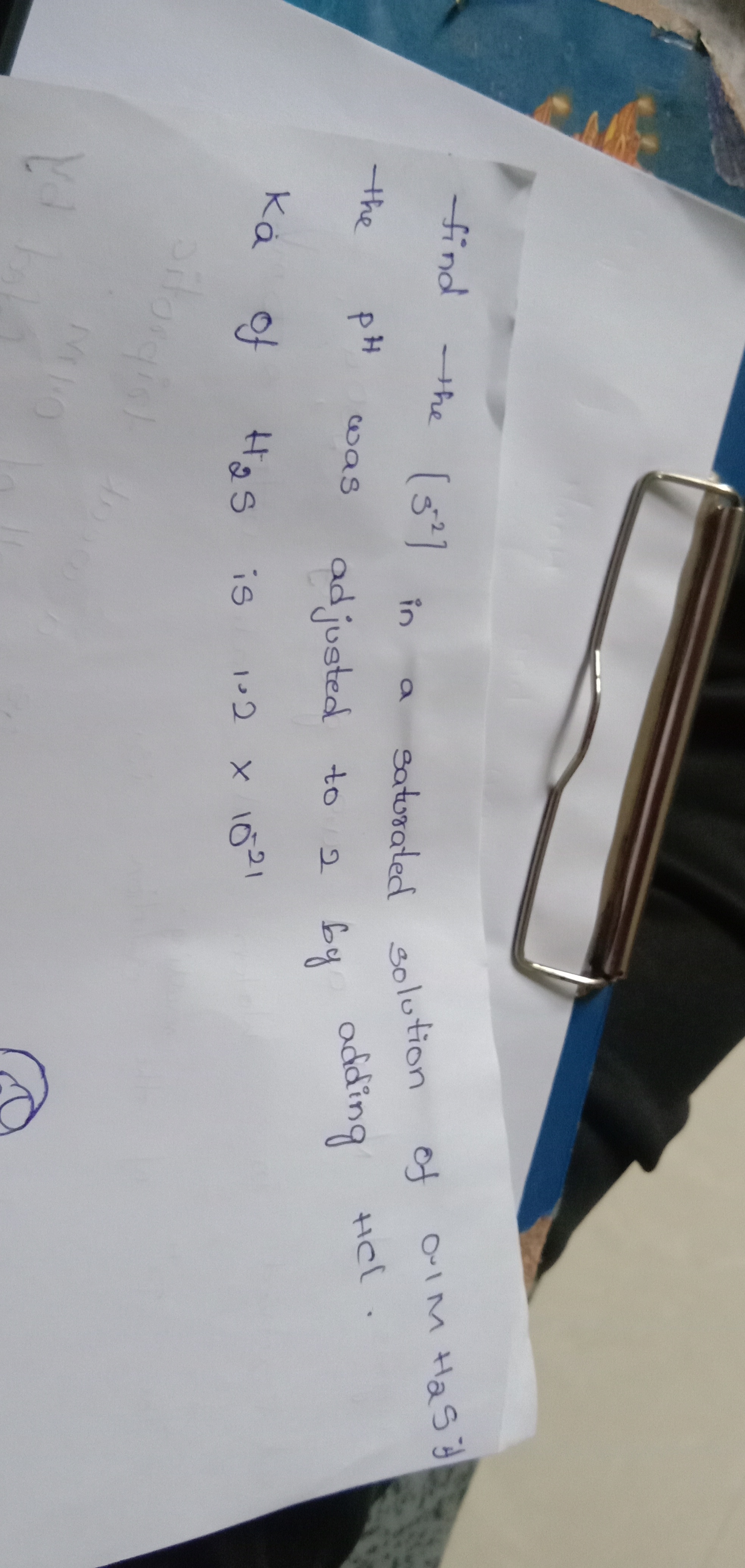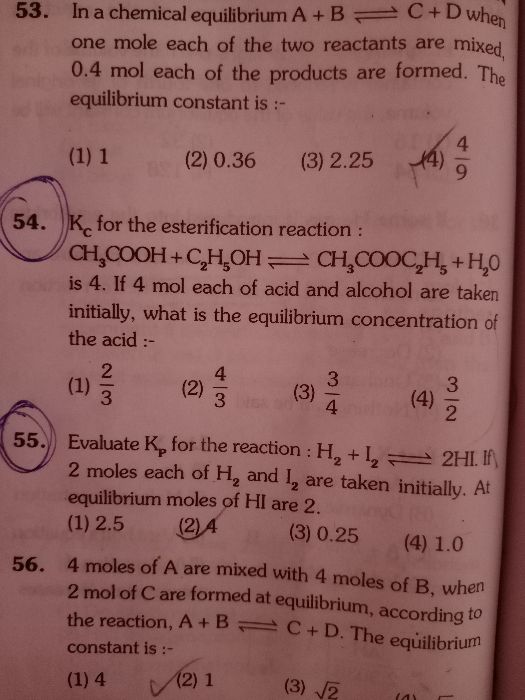CBSE Class 11-science Answered
Flow of heat into the system increases the temperature of the system and a flow of heat out of the system reduces the temperature of the system. A reaction itself can be a source or sink for heat. The heat flow for a reaction is characterized by the enthalpy of reaction or the heat of reaction, ΔH.
If ΔH > 0, the reaction is said to be endothermic, means the reaction draws heat from its surroundings as the reaction occurs.
If ΔH < 0, the reaction is said to be exothermic, means the reaction releases heat into its surroundings as the reaction occurs.
Suppose an exothermic reaction is at equilibrium, and then the temperature of the system is increased. The increase in temperature corresponds to introducing heat into the system. This influx of heat pushes the system away from equilibrium and nature restores equilibrium by removing some of this additional heat. Because the reaction is exothermic, the reaction produces heat when it proceeds in the forward direction. According to Le Châtelier's Principle the system will react to remove the added heat, thus the reaction must proceed in the reverse direction, converting products back to reactants. Conversely if the temperature of the system were decreased (heat removed from the system), the system would react in a direction that opposed the removal of the heat. The forward reaction would thus occur to release heat in an attempt to offset the heat that was removed from the system.
The system is being held at a specific temperature, so the net reaction (which may produce or release heat) does not actually change the temperature of the system. That extra heat is removed or replaced as necessary to maintain the temperature.
For example, consider the equilibrium for an exothermic reaction,

